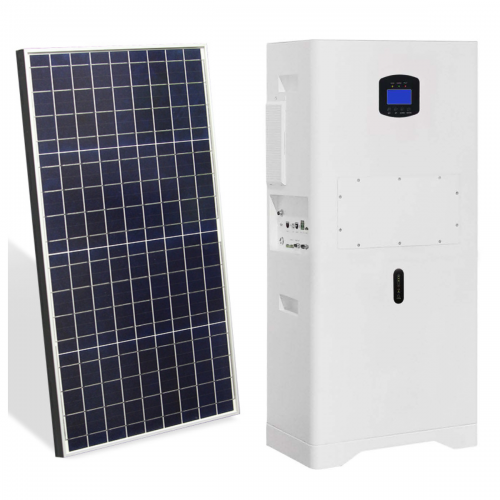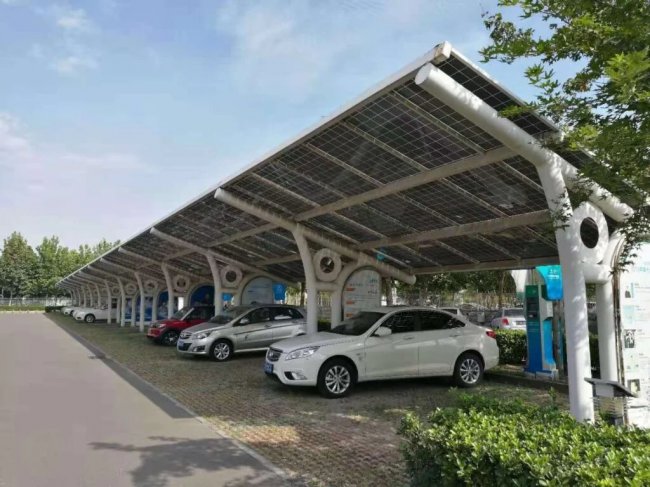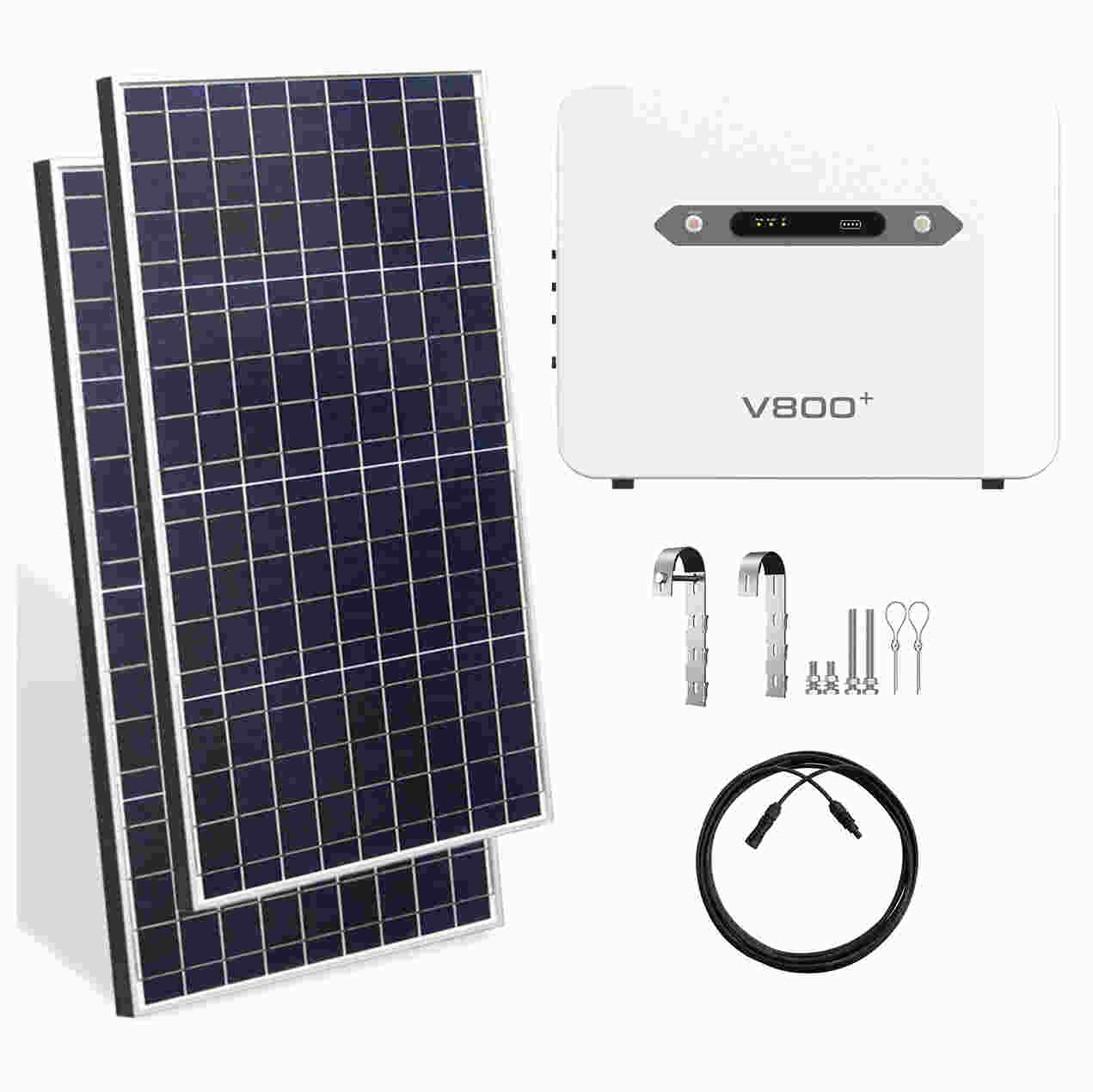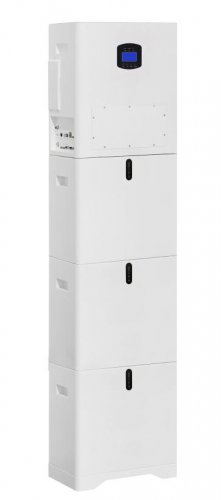How To Use Storage Recommendations: A Practical Guide To Optimizing Your Digital And Physical Storage Systems
Effective storage management is a critical yet often overlooked aspect of both our digital and physical lives. Whether you're dealing with cluttered hard drives, an overflowing cloud account, or a disorganized garage, a strategic approach to storage can save time, reduce stress, and protect your valuable data and possessions. "Storage recommendations" typically refer to a set of best practices, automated suggestions, or expert advice designed to help you efficiently organize, maintain, and optimize your storage space. This guide will walk you through the process of understanding, implementing, and benefiting from these recommendations.
Storage recommendations are not one-size-fits-all; they are contextual advice based on specific goals. In the digital realm, this could be an automated prompt from your operating system (like Windows Storage Sense or macOS Management) suggesting the cleanup of temporary files or the offloading of large, unused files to the cloud. For physical spaces, it might be a recommended layout for a closet or garage from an organizational expert. The core principle is the same: analyze current usage, identify inefficiencies, and propose actionable steps for improvement.
Phase 1: Audit and Analyze
1. Conduct a Thorough Inventory: You cannot optimize what you don't understand. Begin by cataloging what you are storing.Digital: Use built-in tools like `WinDirStat` (Windows) or `Disk Inventory X` (macOS) to create a visual map of your hard drive. Identify which file types (videos, applications, documents) are consuming the most space.Physical: Physically go through boxes, shelves, and drawers. Create three piles: Keep, Donate/Recycle, and Discard. Be ruthless.
2. Categorize Your Items: Group similar items together. Digital files should be sorted into logical folders (e.g., Projects, Personal, Taxes, Media). Physical items should be grouped by type, season, or frequency of use.
Phase 2: Develop Your Strategy
3. Define Your Storage Hierarchy: Not all data or items are equal. Establish a hierarchy:Hot Storage (Frequently Accessed): Files and items you use daily or weekly. These should be on your device's fastest internal drive (e.g., SSD) or on the most accessible physical shelves.Cold Storage (Rarely Accessed): Archives, old projects, or seasonal items (e.g., holiday decorations). These are perfect candidates for external hard drives, cloud storage with a lower-cost tier, or clearly labeled boxes in the attic or basement.
4. Select Your Storage Mediums: Choose the right tool for the job.Digital: Use SSDs for operating systems and active projects for speed. Use traditional HDDs or network-attached storage (NAS) for large media libraries and backups. Leverage cloud services (Google Drive, Dropbox, iCloud) for synchronization and accessibility.Physical: Use clear, stackable bins for uniform storage and easy identification. Invest in shelving units to maximize vertical space. Use drawer dividers and smaller containers to prevent "junk drawers."
Phase 3: Execute and Organize
5. Implement the 3-2-1 Backup Rule (Digital): This is the most crucial storage recommendation for data. Keep at least 3 copies of your data, on 2 different media types (e.g., internal SSD + external HDD), with 1 copy stored off-site (e.g., cloud backup or a drive at a friend's house).
6. Label Everything (Physical): A box without a label is a future problem. Use a label maker or bold markers to clearly describe the contents of every container. Include dates if applicable.
7. Leverage Automation (Digital): Don't do manually what a computer can do for you. Set up automated cloud syncs for crucial folders. Enable automated cleanup tools to regularly empty your recycle bin and download folders. Schedule regular backups to run without your intervention.
Embrace Digital Minimalism: Regularly unsubscribe from email lists and uninstall applications you no longer use. This prevents clutter from accumulating in the first place.Go Vertical: In physical spaces, walls are your most underutilized asset. Use wall-mounted racks, hooks, and tall shelving to free up floor space.The One-In-One-Out Rule: To maintain your new organized state, adopt a simple rule: for every new item you bring into your home or onto your computer, commit to removing one similar item.Review and Refine: Storage is not a "set it and forget it" task. Schedule a quarterly review to reassess your systems. Has your usage changed? Do you need to archive last year's projects?Security and Privacy: When using cloud storage recommendations, carefully review the privacy settings of your files. Never store highly sensitive documents (like passports or tax returns) in basic cloud sync folders without additional encryption. Use a dedicated, encrypted vault service for such files.Data Integrity: Not all cloud services or external drives are equal. When choosing a service for long-term cold storage, research their reliability and history. For critical data, checksum your archives to ensure files haven't become corrupted over time.Physical Environment: Store physical media (hard drives, DVDs, photos) and possessions in a cool, dry, and dark place. Avoid attics and basements if they are prone to extreme temperature fluctuations or moisture, which can destroy both physical items and digital media.Beware of Vendor Lock-in: Be cautious of cloud services that make it difficult to extract your data later. Ensure you have a local copy of any file you put in the cloud and understand the process for downloading your entire library should you choose to switch providers.By systematically applying these storage recommendations, you transform storage from a reactive chore into a proactive strategy. The goal is to create a system that works for you, making your digital and physical environments more efficient, secure, and manageable. Start small, focus on one area at a time, and enjoy the clarity and peace of mind that comes with a well-organized space.
Customized/OEM/ODM Service
HomSolar Supports Lifepo4 battery pack customization/OEM/ODM service, welcome to contact us and tell us your needs.


HomSolar: Your One-stop LiFePO4 Battery Pack & ESS Solution Manufacturer
Our line of LiFePO4 (LFP) batteries offer a solution to demanding applications that require a lighter weight, longer life, and higher capacity battery. Features include advanced battery management systems (BMS), Bluetooth® communication and active intelligent monitoring.

Customised Lithium Iron Phosphate Battery Casing
ABS plastic housing, aluminium housing, stainless steel housing and iron housing are available, and can also be designed and customised according to your needs.

HomSolar Smart BMS
Intelligent Battery Management System for HomSolar Energy Storage System. Bluetooth, temperature sensor, LCD display, CAN interface, UART interface also available.


Terminals & Plugs Can Be Customized
A wide range of terminals and plugs can be customised to suit the application needs of your battery products.

Well-designed Solutions for Energy Storage Systems
We will design the perfect energy storage system solution according to your needs, so that you can easily solve the specific industry applications of battery products.



About Our Battery Cells
Our energy storage system products use brand new grade A LiFePO4 cells with a battery lifespan of more than 4,000 charge/discharge cycles.



Applications in Different Industries
We supply customized & OEM battery pack, assemble cells with wiring, fuse and plastic cover, all the cell wires connected to PCB plug or built BMS.
Applications: E-bike, Electric Scooter, Golf Carts, RV, Electric Wheelchair, Electric Tools, Robot Cleaner, Robot Sweeper, Solar Energy Storage System, Emergency Light, Solar Power Light, Medical Equipment, UPS Backup Power Supply.
We can provide you with customized services. We have the ability to provide a vertical supply chain, from single cells to pack/module and to a complete power solution with BMS, etc.


HomSolar (Shenzhen) Technology Co., Ltd
























